Recycling Facts For Kids: Spread The Love & Share!
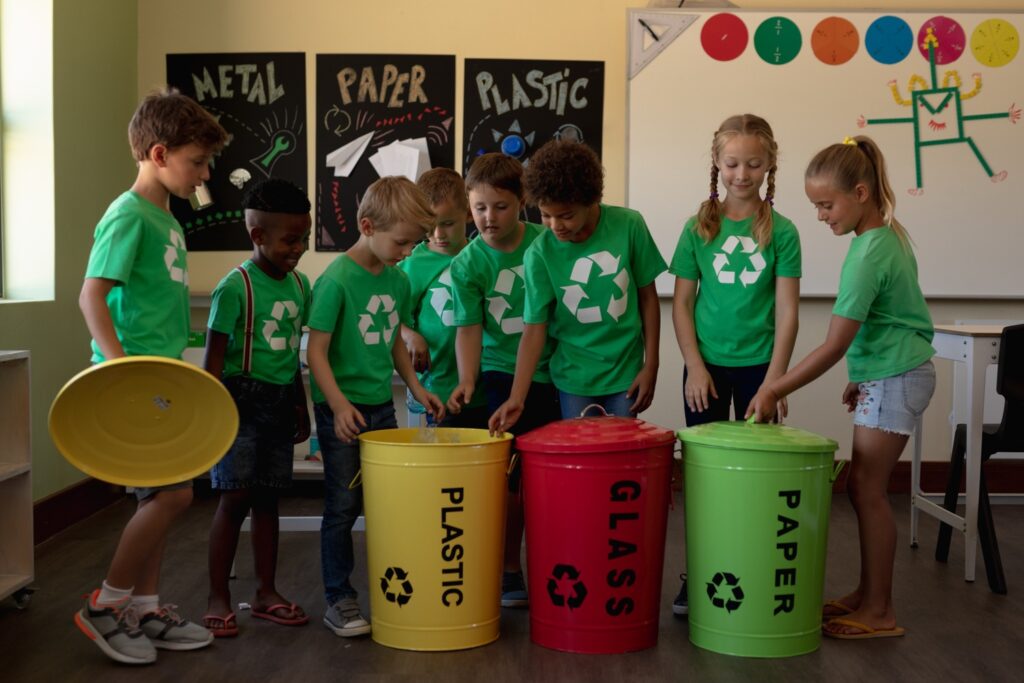
Every day, trash accumulates at home, in the office, on the curb, and in landfills. We can do something to reduce rubbish in a fun and friendly way with our kids.
Do you know that recycling provides several benefits that could save the planet and us as well? Manufacturing and using recycled materials help minimise the need to resource new raw materials for making new products.
Today’s generation can make a significant difference in reducing waste and helping to preserve the planet. Let’s teach our kids to do the right thing by starting to put trash in the designated bins.
Why Recycling Is So Important (Even for Kids!)
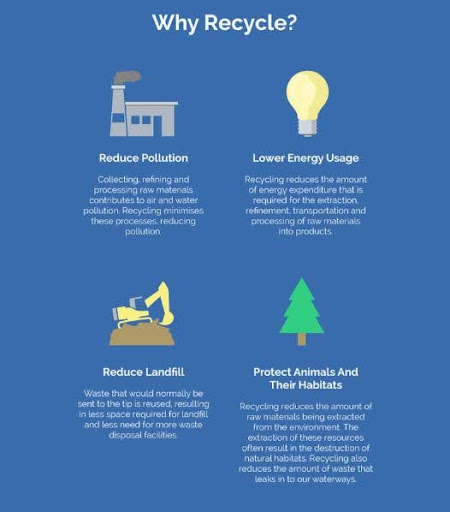
Source: Infographic Bee
Recycling protects our planet, keeps the animals safe, and ensures we all have clean air to breathe and safe water to drink. Aluminium cans and plastic bottles, when recycled, can be transformed into new products without the need for new raw materials.
In Australia, for instance, waste and pollution, especially plastic waste, pose a significant threat to wildlife. Recycling helps reduce the amount of waste that pollutes our surroundings, therefore protecting our environment.
Did you know that recycling a glass bottle can save enough energy to power a 100-watt light bulb for four hours, or run a computer for a short time? Also, recycling an aluminium can saves sufficient energy to power a 55-inch HDTV, allowing you to watch your favourite movie!
15 Fun Recycling Facts That Will Blow Your Mind!
1. We save around 17 trees by recycling a tonne of paper, which weighs 2,000 pounds.
2. Recycling helps us save 7,000 gallons of water, three cubic yards of landfill space, 4,000 kilowatts of energy, and 380 gallons of oil.
3. Australians generate more than 76 million tonnes of waste annually, of which approximately 55% is recycled or composted.
4. Recycling aluminium saves 95% of the energy needed to produce new aluminium from raw materials.
5. An estimated 1 million marine animals are killed by ocean waste every year.
6. Some plastics take up to 500 years to decompose in a landfill.
7. According to the World Wildlife Fund, our use of natural resources — such as food products and forests — is taking place at a 1.6 times faster rate than the planet can recycle itself.
8. It takes as much energy to produce one can from raw material as it takes to recycle 20 cans.
9. A single aluminium can last for at least 500 years in a landfill.
10. Recycling cardboard requires only 75% of the energy needed to produce new cardboard.
11. Plastic bags can take up to 1,000 years to break down.
12. It takes 88% less energy to recycle plastic than to make it from raw materials.
13. Glass takes more than 1 million years to break down.
14. The most commonly littered items are cigarette butts, food wrappings, plastic bottles, disposable cups, grocery bags, straws, and aluminium cans.
15. Approximately 25 million metric tonnes of e-waste are discarded every year worldwide.
What Can (and Can’t) Be Recycled?
Households and businesses generate various kinds of waste, some of which can be recycled. Below is a list of items that you CAN and CANNOT recycle. Note that recycling guidelines can vary by local council and state.
Recyclable Materials
Many everyday items are recyclable through kerbside collection schemes.
Paper and Cardboard
They are widely accepted in yellow-lid recycling containers. They include:
- Office paper, magazines, newspapers, and junk mail:
- Cereal packets, toilet roll centres, and egg cartons
- Juice and milk cartons
- Clean pizza boxes
Glass
This material is typically recyclable and can be recycled an unlimited number of times without its quality diminishing. They comprise green, clear, and brown glass bottles and jars.
Plastics
Australia recycles all forms of hard plastic, which are typically identified by a number inside a triangle (Plastic Identification Codes 1-7). These are:
PET (Polyethylene Terephthalate) (Code 1): Found in soft drinks and water bottles, they can be recycled into new bottles, containers, or clothing.
HDPE (High-Density Polyethylene) (Code 2): This strong plastic is commonly found in milk bottles, shampoo containers, and detergent bottles. It can be recycled to make new bottles, pipes, or playground equipment.
PVC (Polyvinyl Chloride) (Code 3): Used for juice and cordial bottles, PVC can be reused as new pipes, fittings, and floor coverings.
LDPE (Low-Density Polyethylene) (Code 4): This flexible, soft plastic is found in squeeze bottles and certain plastic bags. It can be recycled into new packaging and plastic lumber, although not in all kerbside collections.
PP (Polypropylene) (Code 5): This stiff but flexible plastic is found in ice cream containers, takeaway food containers, and bottle caps. It can be recycled into new containers, car parts, and industrial fibres.
PS (Polystyrene) (Code 6): This transparent, brittle plastic is used widely on yogurt pots and for some takeaway food containers. It is recyclable and turned into new packaging, insulation and stationery.
Metals
Metals are also recyclable and include:
- Steel (tin) and aluminium cans
- Food tins and baby milk tins
- Aerosol and drink cans that have been used up
- Aluminium foil
Other Recyclables
- Lead-acid batteries
- Electronic Waste (obsolete computers, mobiles, printers, and hard drives)
- Printer laser and inkjet cartridges
- Clothing, textiles, and fast fashion waste
- Garden waste and organics
Non-Recyclable Items
Some materials cannot be placed in kerbside recycling bins as they pose a risk of contamination or are difficult to handle.
- Plastic bags and soft plastics (e.g., bread bags, bubble wrap, and plastic wrappers)
- Takeaway coffee cups
- Disposable nappies
- Polystyrene (foam)
- Syringes or medical waste
- Ceramics, ovenware, or light bulbs
- Food scraps
Easy Ways Kids Can Be Recycling Heroes
Not all heroes wear a cape. Even as a kid, you can make a big difference. Here are some simple actions you can take to become an environmental hero!
1. Place Recyclables in the Correct Bin
You can establish recycling bins at home and identify recyclables from regular waste to facilitate sorting. The goal should be to recycle as many cans, bottles, books, metals, aluminium, glass, newspapers, and electronics as possible.
2. Transform Old Jars into Creative Works of Art
You can convert old jars into a variety of art projects, which serves as an enjoyable method to reduce rubbish. Large beverage bottles or food containers can be reused and made into vibrant plant pots using paper scraps and glue to add decorations.
3. Prepare a Waste-Free Lunch
You can help achieve a waste-free lunch by opting for reusable containers instead of packaged items. Use a cloth napkin and reusable utensils instead of disposable or single-use plastics.
4. Encourage Your Family to Recycle
Motivate family members to recycle by clearly labelling recycling bins with examples of commonly recyclable items. Families can create a recycling chart to monitor their progress, and children can place stickers on the chart as a reward for achieving milestones.
5. Assist in Collecting Cans at School
You can gather aluminium cans at school and bring them from home for recycling. Introducing collection points for recycling at school can help simplify the process.
Share the Recycling Love – At School, At Home, With Friends!
These simple recycling facts are great resources for kids and teachers. Whether for a fun show-and-tell, a bright class poster, or an interesting Earth Day presentation, sharing these facts helps everyone see how easy and crucial recycling is.
By learning about recycling and teaching others, we can all join forces to protect our planet and create a healthier future for everyone. Several educational and creative activities help kids understand the importance of recycling and develop sustainable habits.
Creating Recycling Artwork
Making art from recycled materials is a fun and educational way to teach kids about the benefits of recycling.
Robots and Creatures: Kids can build robots using cardboard boxes and yogurt containers or make creatures like ladybugs out of tin cans.
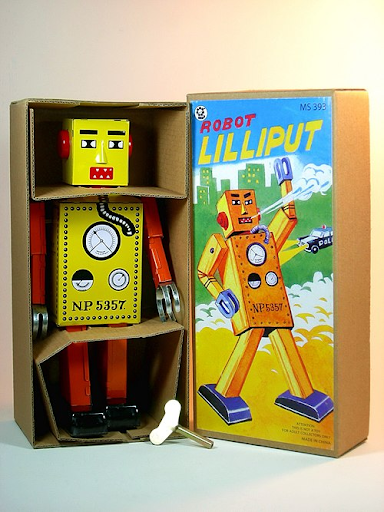
Source: Wikimedia Commons
Home Decor and Toys: Old tin cans can be painted and strung together to create wind chimes. Yogurt containers, on the other hand, can become planters or crayon holders, while plastic bottles can turn into vases.
Paper Crafts: Instead of throwing away greeting cards or cereal boxes, cut them up to make homemade puzzles.
Community Art: Students can create recycling posters to display in school hallways or join a poster contest to inspire others.
Engaging Recycling Games
Games provide a fun and interactive way for kids to learn about recycling.
Sorting Games: Sorting activities with picture cards or real examples help students understand what to recycle and what not to. Games like "Recycle Roundup" involve sorting items into recycling, compost, or trash bins.
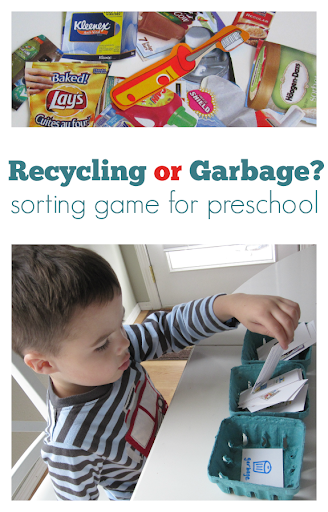
Source: No Time for Flash Cards
Active Games: Make recycling a physical activity by turning it into a relay race where teams compete to fill recycling bins.
Educational Games: Quizzes, like the "Recycling Quiz Game," can test students' knowledge of what goes in each recycling bin.
Promoting Recycling Awareness
Educational and community activities encourage a broader understanding of recycling.
Home Recycling Bins: Kids can create small recycling bins for their homes, making it easier to sort trash indoors.
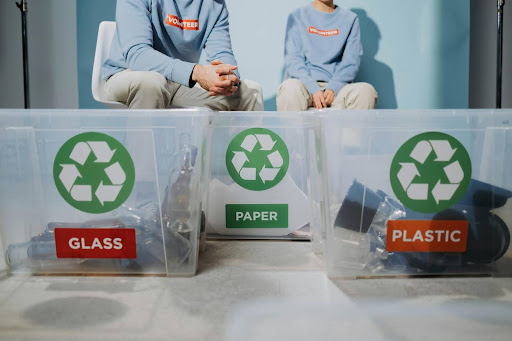
Source: Pexels
Reading and Videos: Reading books about recycling or watching kid-friendly videos can reinforce its importance.
Community Involvement: Organise a recycling scavenger hunt at a local park to collect recyclable items from the environment.
Reusing and Donating: Before recycling, encourage finding new uses for items, like turning a milk jug into a ball popper. Also, toys, clothes, and electronic goods can be donated to charities that kids no longer use, allowing other children to reuse them instead of throwing them away.
All Gone Rubbish Removals support recycling efforts and responsible waste management to keep Australian streets cleaner. We cooperate with local recycling centres and follow proper waste disposal methods. This ensures that collected rubbish is not sent to landfills.
We provide same-day rubbish removal services across Sydney, the Central Coast, Gosford, Newcastle, and the Gold Coast. Call us today at 0427 783 277 and book before 2 PM for your area's best-priced rubbish removal service. Get your FREE quote now!
Frequently Asked Questions (For Curious Kids & Parents!)
1. What happens to recycling after the truck picks it up?
Once collected from curbside bins, public drop-off points, or community recycling centres, recyclable materials are taken to a material recovery facility (MRF). At the MRF, the mixed recyclables go through several sorting steps to divide them into categories like paper, cardboard, glass, various types of plastic, and metals.
Usable items are donated to charities. Workers will then remove non-recyclable items, including electrical cords, food waste, plastic bags, and large, bulky plastics. The materials are then remanufactured into new products.
2. Why can’t we recycle everything?
While recycling is important, we can’t just recycle everything due to cost, contamination, complex materials, and limited markets for some recycled products. Some materials are just too difficult or costly to recycle while others are not wanted by manufacturers.
3. What happens if we don’t recycle?
Not recycling can speed up climate change and raise pollution levels in land and water. It can also harm wildlife and pose health risks to humans. Additionally, it can lead to the depletion of natural resources and higher energy use.
- Is Fibro Asbestos? Understanding The Difference - July 14, 2025
- Household Hot Water Tank Disposal in Sydney - July 14, 2025
- Garage Clean Out & Clearance Services Sydney - July 14, 2025
